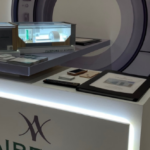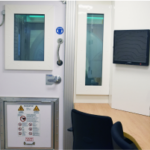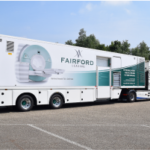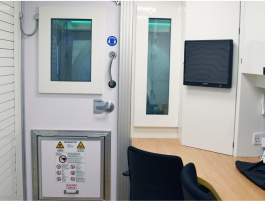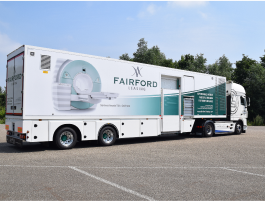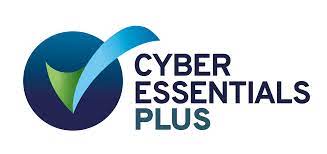Ask any radiographer whether they would like to become more effective in their work and it’s unlikely you’ll get a single negative response. Even those at the top of their game could stand to make a few changes in order to improve efficiency.
Due to the nature of radiology, professionals in this sphere must be prepared for continual learning. Beyond medical research and technical expertise, however, there are a number of behavioural tips that a radiographer can take on board should they wish to become more effective. We’ve narrowed it down to the top 5:
1. ALWAYS BE PROACTIVE
Life as a radiographer is all about looking forward; efficiency in this profession requires more than the ability to react to a particular problem in a timely manner. While the phrase ‘work smarter, not harder; may be trite, it certainly serves as good advice to radiographers seeking to up their game. If we are bouncing from task to task, it’s difficult for us to anticipate issues on the horizon: before long, we’re face to face with a problem we could have prevented had we worked more proactively.
Creating daily, weekly and monthly schedules as well as regularly reviewing department systems should become habitual tasks, and radiographers should further ensure to preview procedural cases the day before in order to catch ‘near misses’ before they evolve into critical issues.
2. LEARN TO PRIORITISE
Distractions are a part of professional life: whether it’s a back-and-forth email chain or a call that lasts that little bit too long, it’s easy to become side-tracked and lose an hour or two of your day to insignificant tasks. However, when we pour valuable time into tasks with little to no importance, we’re left with barely any to complete those that matter the most.
If you haven’t heard of the rock, pebble and sand strategy for time-management, take heed: when planning your daily, weekly and monthly schedule, always block out time for the biggest and most important tasks (the rocks) first. Next, slot in the “medium-sized” tasks – those that will require your undivided attention for a considerable amount of time but aren’t as critical.
Time-sensitive and urgent tasks will always take priority, but if you’ve planned your time effectively, these tasks will be the grains of sand that will fall naturally between the cracks left in your schedule once the meatier tasks have been booked in.
3. NEVER LOSE SIGHT OF THE BIGGER PICTURE
In the field of radiology, the ultimate goal is to provide excellent clinical care, to have a successful practice, to teach effectively, to advance scientific knowledge and to find meaning in one’s work.
Of course, when you’re caught up with the day-to-day drama of running a practice, these long-term aspirations can easily be quashed by your short-term objectives. And that’s fine – because short-term goals are important too. However, if we lose sight of ‘why’ we do what we do, our performance will naturally start to suffer.
In order to overcome this, we must constantly monitor and measure our progress. If you are unsure of where to start, it’s a good idea to break down your goals into different facets of your professional life and divide them up into short, medium and long-term objectives. Of course, it’s no use putting pen to paper only to forget all-over again: once these goals are set in stone, you must make a point to keep this list updated with short progress reports for each goal. That way, you will have a constant reminder of what you hope to accomplish and why.
4. FIND YOUR VOICE
The field of radiology is vast and multi-faceted; the advancement of the profession depends not only on one function but a myriad of specialists all working to innovate and improve patient outcomes.
Whether you’re just starting a career in radiology or are well-seasoned but searching for the next step, finding your unique voice in the industry will allow you to contribute in a way that aligns with your personal and professional ambitions. Perhaps it’s as a practice leader, a clinician, or a quality and safety expert. On the other hand, you may excel as a researcher or teacher, imparting the knowledge you’ve gained or exploring new possibilities in the world of radiology.
5.SEEK TO CREATE SYNERGY
Beyond continuing education, professionals in this sphere would do well to work closely with others and learn from their expertise – after all, becoming more effective isn’t just about studying harder, it’s about learning to communicate with others in order to innovate and drive efficiency.
Appreciating the unique value that each individual brings to the table is the first step in creative cooperation; we must work to build professional relationships with our colleagues and understand their perspective. When we work as a team rather than independent functions of the same practice, we can achieve results otherwise unachievable.


